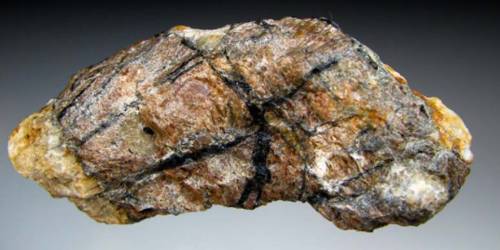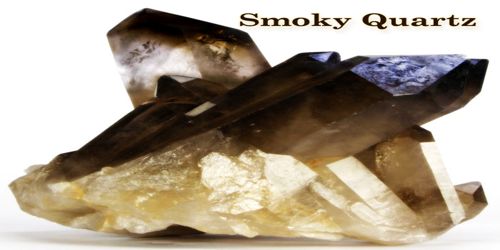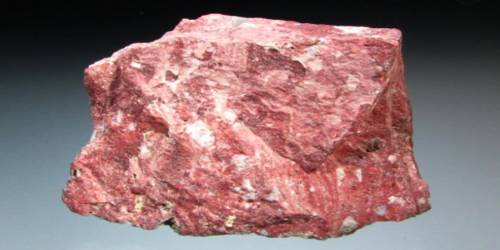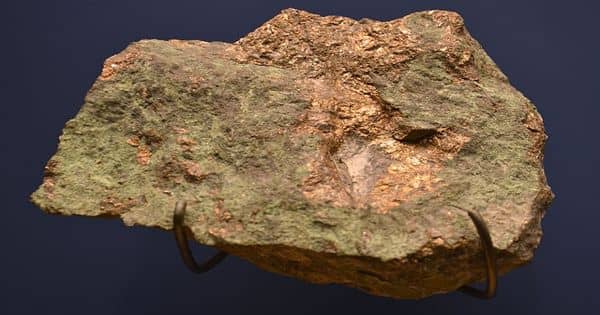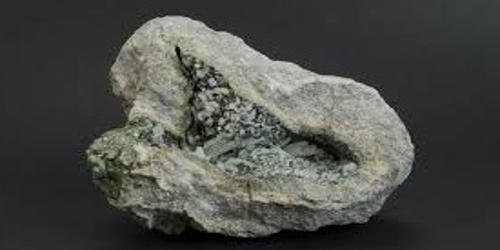Clarkeite is a uranium oxide mineral of composition (Na, Ca, Pb)2(UO2)2(O, OH)3 or (Na, Ca, Pb)(UO2)O(OH)·0-1H2O. It is a rare dark brown radioactive mineral whose chief constituent is uranium oxide (specific gravity 6.39).
It was named for Frank Wigglesworth Clarke (1847–1931), American mineral chemist, and former chief chemist of the United States Geological Survey.
General information
- Formula: (Na, Ca, Pb)(UO2)O(OH)·0-1H2O
- Colour: Dark red-brown, dark brown
- Lustre: Resinous, Waxy, Greasy
- Hardness: 4 – 4½
- Specific Gravity: 6.39
- Crystal System: Trigonal
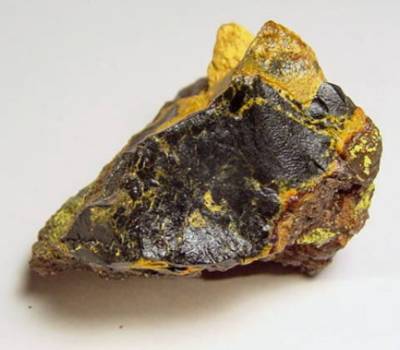
Properties
The color of samples varies from dark brown to reddish orange. Clarkeite forms by oxidation and replacement of uraninite late during pegmatite crystallization. Although uraninite-bearing granite pegmatites are common, clarkeite is rare and occurs intimately intergrown with other uranium minerals.
- Transparency: Translucent
- Streak: Yellow-brown
- Fracture: Conchoidal, Sub-Conchoidal
- Density: 6.39 g/cm3 (Measured)
- Diaphaneity: Translucent to Opaque
- Habit: Massive – Uniformly indistinguishable crystals forming large masses.
- Luminescence: Non-fluorescent.
- Magnetism: Nonmagnetic
Occurrence
It is known from only two localities; the Spruce Pine pegmatite district in western North Carolina, US, and Rajputana, in the Ajmer district, India. Clarkeite is the only known naturally occurring high-temperature uranate. The general formula for ideal clarkeite is Na[(UO2)O(OH)](H2 )0-1.
Information Source:
